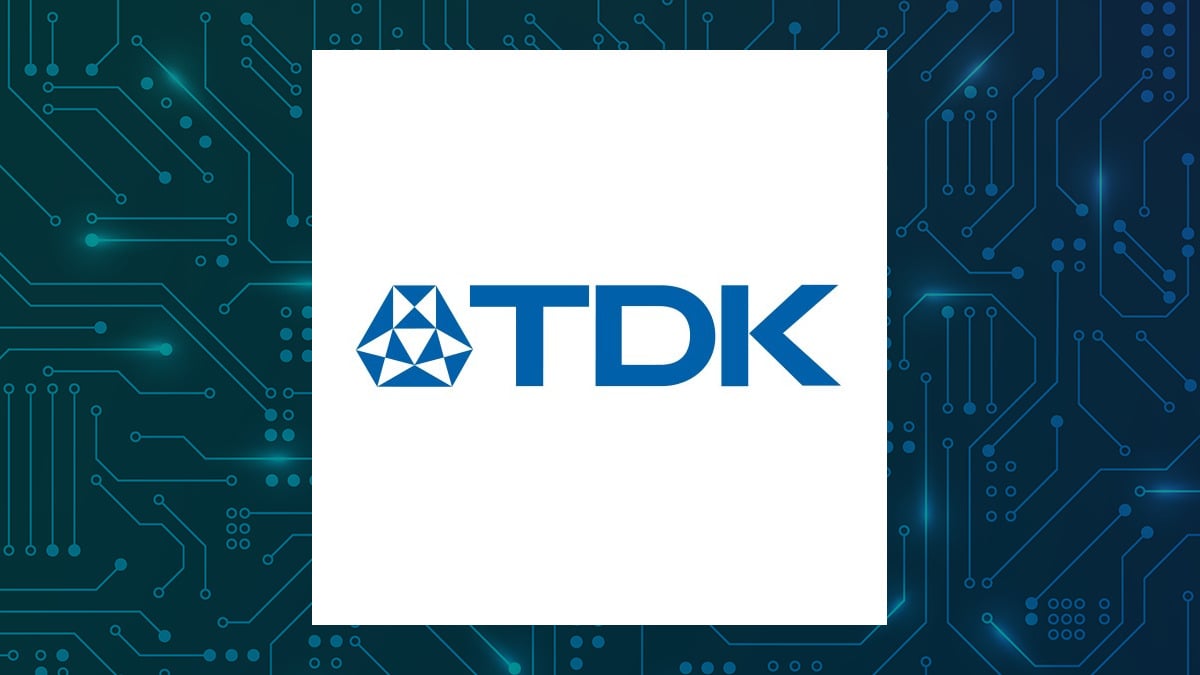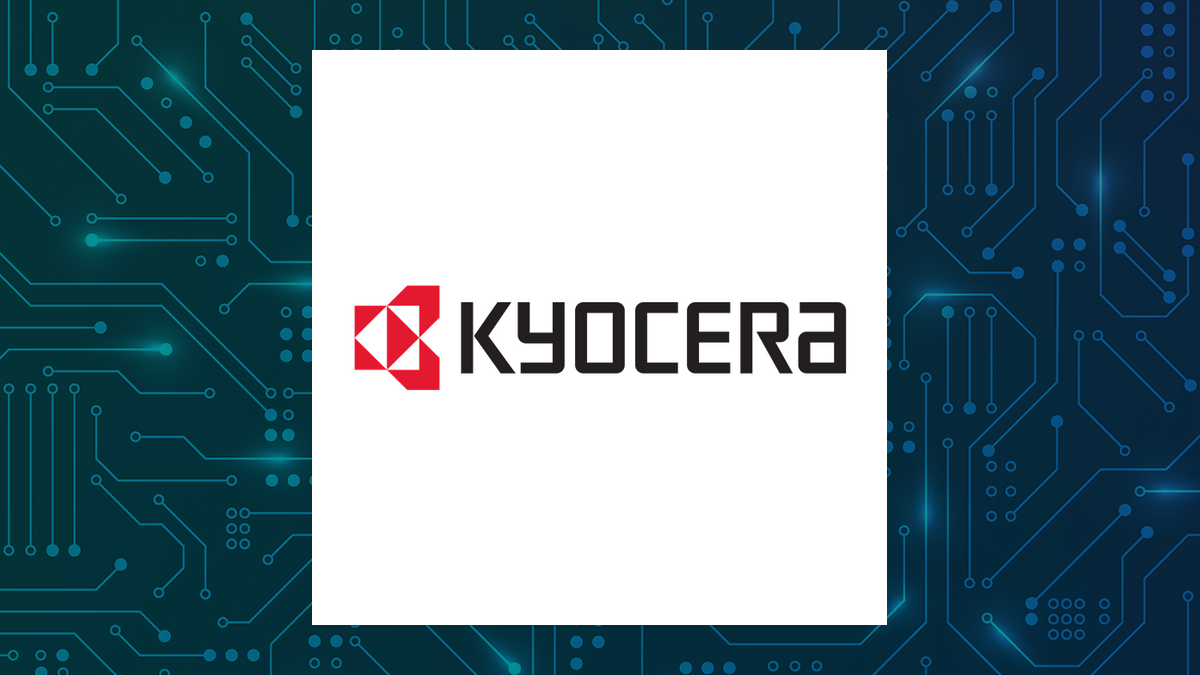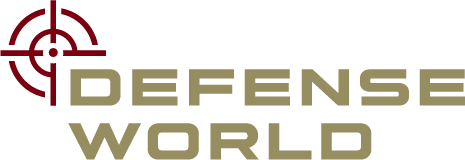TDK (OTCMKTS:TTDKY – Get Free Report) and Kyocera (OTCMKTS:KYOCY – Get Free Report) are both large-cap computer and technology companies, but which is the superior business? We will contrast the two businesses based on the strength of their earnings, analyst recommendations, dividends, valuation, risk, profitability and institutional ownership.
Analyst Ratings
This is a breakdown of current ratings and price targets for TDK and Kyocera, as reported by MarketBeat.com.
| Sell Ratings | Hold Ratings | Buy Ratings | Strong Buy Ratings | Rating Score | |
| TDK | 0 | 0 | 0 | 0 | 0.00 |
| Kyocera | 0 | 1 | 0 | 0 | 2.00 |
Profitability
This table compares TDK and Kyocera’s net margins, return on equity and return on assets.
| Net Margins | Return on Equity | Return on Assets | |
| TDK | 6.73% | 8.25% | 4.13% |
| Kyocera | 1.30% | 0.79% | 0.57% |
Institutional & Insider Ownership
Earnings & Valuation
This table compares TDK and Kyocera”s revenue, earnings per share and valuation.
| Gross Revenue | Price/Sales Ratio | Net Income | Earnings Per Share | Price/Earnings Ratio | |
| TDK | $14.48 billion | 2.15 | $1.10 billion | $0.52 | 30.77 |
| Kyocera | $13.23 billion | 1.49 | $159.04 million | $0.13 | 107.31 |
TDK has higher revenue and earnings than Kyocera. TDK is trading at a lower price-to-earnings ratio than Kyocera, indicating that it is currently the more affordable of the two stocks.
Volatility and Risk
TDK has a beta of 0.77, indicating that its stock price is 23% less volatile than the S&P 500. Comparatively, Kyocera has a beta of 0.33, indicating that its stock price is 67% less volatile than the S&P 500.
Dividends
TDK pays an annual dividend of $0.15 per share and has a dividend yield of 0.9%. Kyocera pays an annual dividend of $0.31 per share and has a dividend yield of 2.2%. TDK pays out 28.8% of its earnings in the form of a dividend. Kyocera pays out 238.5% of its earnings in the form of a dividend, suggesting it may not have sufficient earnings to cover its dividend payment in the future.
Summary
TDK beats Kyocera on 10 of the 14 factors compared between the two stocks.
About TDK
 TDK Corporation, together with its subsidiaries, engages in manufacture and sale of electronic components in Japan, Europe, China, Asia, the Americas, and internationally. The company operates through Passive Components, Sensor Application Products, Magnetic Application Products, Energy Application Products, and Other segments. The Passive Components segment offers ceramic capacitors, aluminum electrolytic capacitors, film capacitors, high-frequency components, piezoelectric materials, and circuit protection components, as well as inductive devices, including ferrite cores, coils, and transformers. The Sensor Application Products segment provides temperature and pressure, magnetic, and MEMS sensors. The Magnetic Application Products segment offers hard disk drives (HDD) heads, HDD suspension assemblies, and magnets. The Energy Application Products segment provides energy devices comprising rechargeable batteries, and power supplies. The Other segment provides mechatronics production equipment and camera module micro actuators for smartphones and other products. The company also engages in engages in insurance and real estate agency businesses. The company was formerly known as Tokyo Denki Kagaku Kogyo K.K. and changed its name to TDK Corporation in 1983. TDK Corporation was founded in 1935 and is headquartered in Tokyo, Japan.
TDK Corporation, together with its subsidiaries, engages in manufacture and sale of electronic components in Japan, Europe, China, Asia, the Americas, and internationally. The company operates through Passive Components, Sensor Application Products, Magnetic Application Products, Energy Application Products, and Other segments. The Passive Components segment offers ceramic capacitors, aluminum electrolytic capacitors, film capacitors, high-frequency components, piezoelectric materials, and circuit protection components, as well as inductive devices, including ferrite cores, coils, and transformers. The Sensor Application Products segment provides temperature and pressure, magnetic, and MEMS sensors. The Magnetic Application Products segment offers hard disk drives (HDD) heads, HDD suspension assemblies, and magnets. The Energy Application Products segment provides energy devices comprising rechargeable batteries, and power supplies. The Other segment provides mechatronics production equipment and camera module micro actuators for smartphones and other products. The company also engages in engages in insurance and real estate agency businesses. The company was formerly known as Tokyo Denki Kagaku Kogyo K.K. and changed its name to TDK Corporation in 1983. TDK Corporation was founded in 1935 and is headquartered in Tokyo, Japan.
About Kyocera
 Kyocera Corporation develops, produces, and distributes products based on fine ceramic technologies in Japan, rest of Asia, Europe, the United States, and internationally. It operates through Core Components Business, Electronic Components Business, and Solutions Business segments. The Core Components Business segment offers components, such as fine ceramic components for semiconductor processing equipment, automotive camera modules, and ceramic packages, as well as organic packages and boards to protect electronic components and ICs to industrial machinery, automotive-related, and the information and communication-related markets; optical components, and jewelry and applied ceramic related products; and medical devices comprising prosthetic joints and dental implants. The Electronic Components Business segment provides various electronic components and devices, including capacitors, crystal devices, connectors, and power semiconductor devices for diverse fields comprising information and communications, industrial equipment, automotive-related, and consumer markets, as well as sensors and control components. The Solutions Business segment offers cutting tools, as well as pneumatic and power tools for automotive-related and general industrial, and construction markets; printers for offices; and communication terminals, such as mobile phones, as well as information systems and telecommunication services. This segment also provides MFPs, commercial inkjet printers, communication modules, displays, and printing devices, as well as information systems and telecommunication, smart energy-related products and services, and solution services, such as document management system. The company was formerly known as Kyoto Ceramic Kabushiki Kaisha and changed its name to Kyocera Corporation in 1982. Kyocera Corporation was incorporated in 1946 and is headquartered in Kyoto, Japan.
Kyocera Corporation develops, produces, and distributes products based on fine ceramic technologies in Japan, rest of Asia, Europe, the United States, and internationally. It operates through Core Components Business, Electronic Components Business, and Solutions Business segments. The Core Components Business segment offers components, such as fine ceramic components for semiconductor processing equipment, automotive camera modules, and ceramic packages, as well as organic packages and boards to protect electronic components and ICs to industrial machinery, automotive-related, and the information and communication-related markets; optical components, and jewelry and applied ceramic related products; and medical devices comprising prosthetic joints and dental implants. The Electronic Components Business segment provides various electronic components and devices, including capacitors, crystal devices, connectors, and power semiconductor devices for diverse fields comprising information and communications, industrial equipment, automotive-related, and consumer markets, as well as sensors and control components. The Solutions Business segment offers cutting tools, as well as pneumatic and power tools for automotive-related and general industrial, and construction markets; printers for offices; and communication terminals, such as mobile phones, as well as information systems and telecommunication services. This segment also provides MFPs, commercial inkjet printers, communication modules, displays, and printing devices, as well as information systems and telecommunication, smart energy-related products and services, and solution services, such as document management system. The company was formerly known as Kyoto Ceramic Kabushiki Kaisha and changed its name to Kyocera Corporation in 1982. Kyocera Corporation was incorporated in 1946 and is headquartered in Kyoto, Japan.
Receive News & Ratings for TDK Daily - Enter your email address below to receive a concise daily summary of the latest news and analysts' ratings for TDK and related companies with MarketBeat.com's FREE daily email newsletter.
